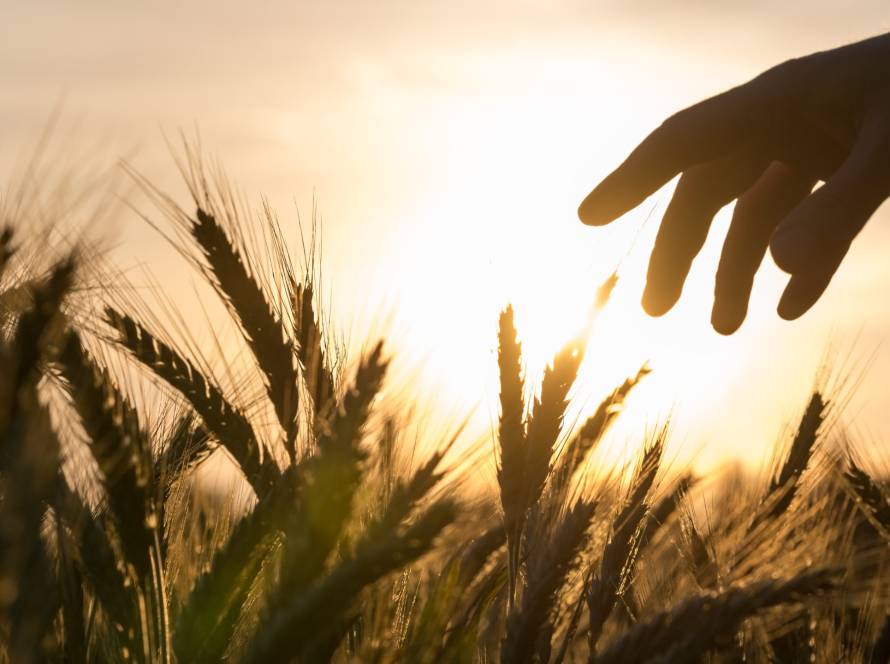The journey of agricultural products from farms to tables involves a series of complex stages collectively known as the agricultural supply chain. This process encompasses all the steps from cultivation to consumer delivery. The efficiency of the supply chain directly impacts factors such as productivity, quality, sustainability, and food safety. Therefore, improving quality and efficiency in the modern agricultural supply chain is crucial for both producers and consumers.
Key Stages of the Agricultural Supply Chain
The agricultural supply chain consists of multiple stages, from production to distribution. These stages include cultivation, harvesting, transportation, storage, processing, packaging, distribution, and retail. Each stage plays a critical role in determining the final quality of the product that reaches the consumer. Therefore, implementing efficient and high-quality practices at every link in the chain is essential.
- Cultivation and Harvesting: The first stage involves planting, growing, and ripening crops. Soil quality, climate conditions, and farming methods directly influence the product’s quality. Harvesting must occur when the produce is at its peak maturity to preserve its nutritional value.
- Transportation and Storage: After harvesting, crops are transported to processing or storage facilities. Proper transportation conditions, including temperature, humidity, and hygiene, are critical. Storage systems with appropriate cooling technologies help maintain freshness and prevent spoilage.
- Processing and Packaging: This stage focuses on preserving the nutritional value of the products during processing and ensuring hygienic packaging. Modern packaging methods extend the shelf life of products while environmentally friendly options, such as recyclable materials, minimize environmental impact.
- Distribution and Retail: The final stage involves delivering products to markets or retail outlets for consumers. Ensuring fast and secure delivery maintains product quality and enhances customer satisfaction. Retailers must store products under suitable conditions and monitor shelf life to uphold quality.
Strategies to Enhance Quality and Efficiency in the Agricultural Supply Chain
In the modern agricultural landscape, various strategies can enhance quality and efficiency throughout the supply chain. Below are some key approaches:
1. Smart Farming Technologies
The use of technology in the agricultural supply chain is vital for improving efficiency and quality. Smart farming technologies, such as sensors, GPS, and drones, enable data-driven insights into soil moisture, weather conditions, and plant health. Farmers can optimize cultivation conditions, accurately determine harvest times, and boost crop productivity.
These technologies can also optimize other stages of the supply chain. For instance, temperature sensors ensure ideal conditions during transportation, keeping products fresh and minimizing spoilage.
2. Digital Traceability Systems
Digital traceability systems bring transparency to the journey of agricultural products from farm to table. Using QR codes or barcodes, products can be tracked at every stage of the supply chain, providing consumers with information about their origin and processing history. These systems also facilitate swift responses to issues such as damage or spoilage during transit.
Traceability is essential for food safety, as it allows consumers to know the source of their food, the processes it has undergone, and its storage conditions. This builds trust and ensures access to reliable products.
3. Cold Chain Technologies
Cold chain technologies are critical for preserving the quality of perishable agricultural products. These systems maintain optimal temperature conditions during transportation and storage, preventing spoilage. Modern refrigeration systems play a vital role in keeping fruits, vegetables, dairy, and meat fresh over long distances.
Cold chain applications extend shelf life, especially in warm climates and during summer, ensuring products retain their quality until they reach consumers.
4. Sustainable Packaging Methods
Enhancing efficiency in the supply chain also involves reducing environmental impact. Sustainable packaging methods, such as recyclable and biodegradable materials, offer eco-friendly solutions while extending product shelf life.
Eco-friendly packaging not only appeals to environmentally conscious consumers but also reduces food waste by preserving freshness for longer. These innovative packaging technologies benefit both producers and the environment.
The Future of the Agricultural Supply Chain
Improving quality and efficiency in the agricultural supply chain yields significant benefits, including consumer satisfaction, eco-friendly production, and sustainability. The agricultural sector must embrace innovative solutions at every stage of the supply chain to tackle challenges such as rapid population growth and climate change. Smart farming technologies, digital traceability, cold chain systems, and sustainable packaging are essential tools for strengthening the agricultural supply chain.
In the future, increased adoption of technology in the supply chain will raise quality standards and make the system more sustainable. These advancements will benefit everyone involved in the agricultural ecosystem, from farmers to retailers.
By implementing innovative practices that enhance quality in the journey from farm to table, the agricultural sector not only ensures food safety but also lays a solid foundation for a sustainable future. Improving quality and efficiency in the agricultural supply chain is a shared victory for producers and consumers, contributing to a better tomorrow.





